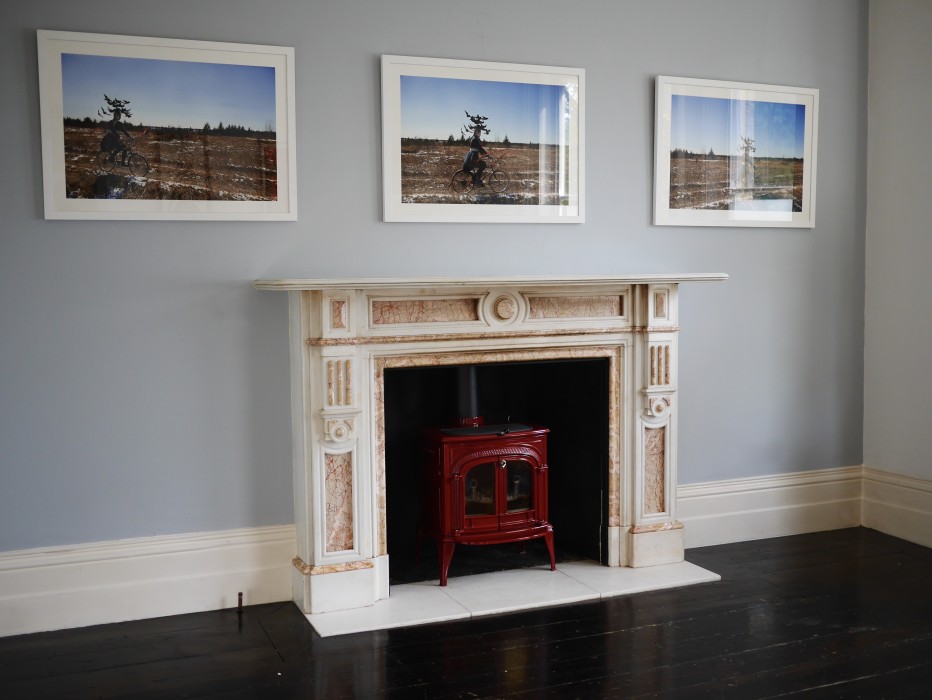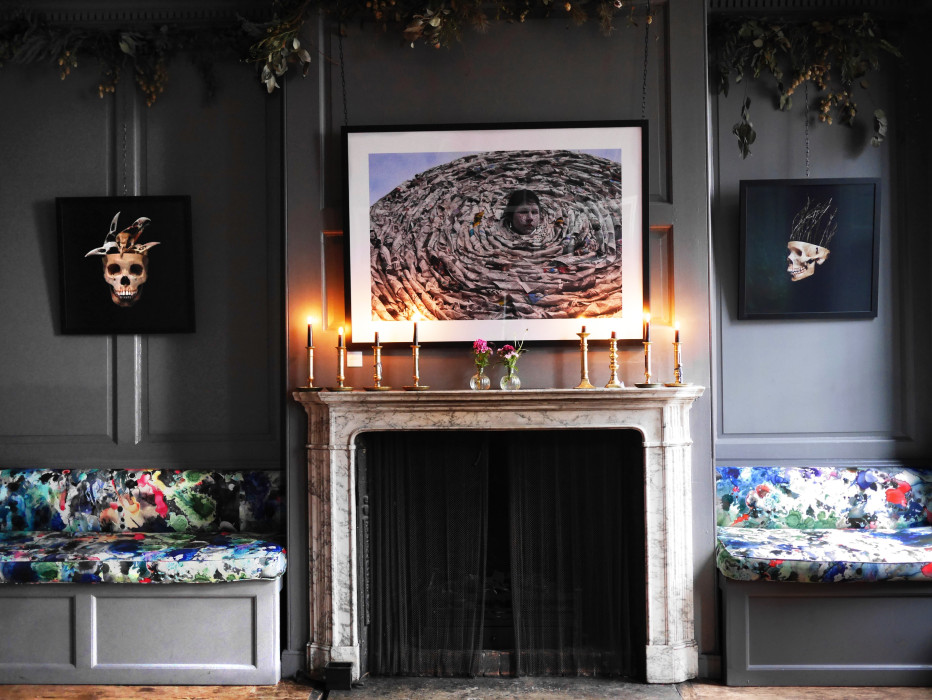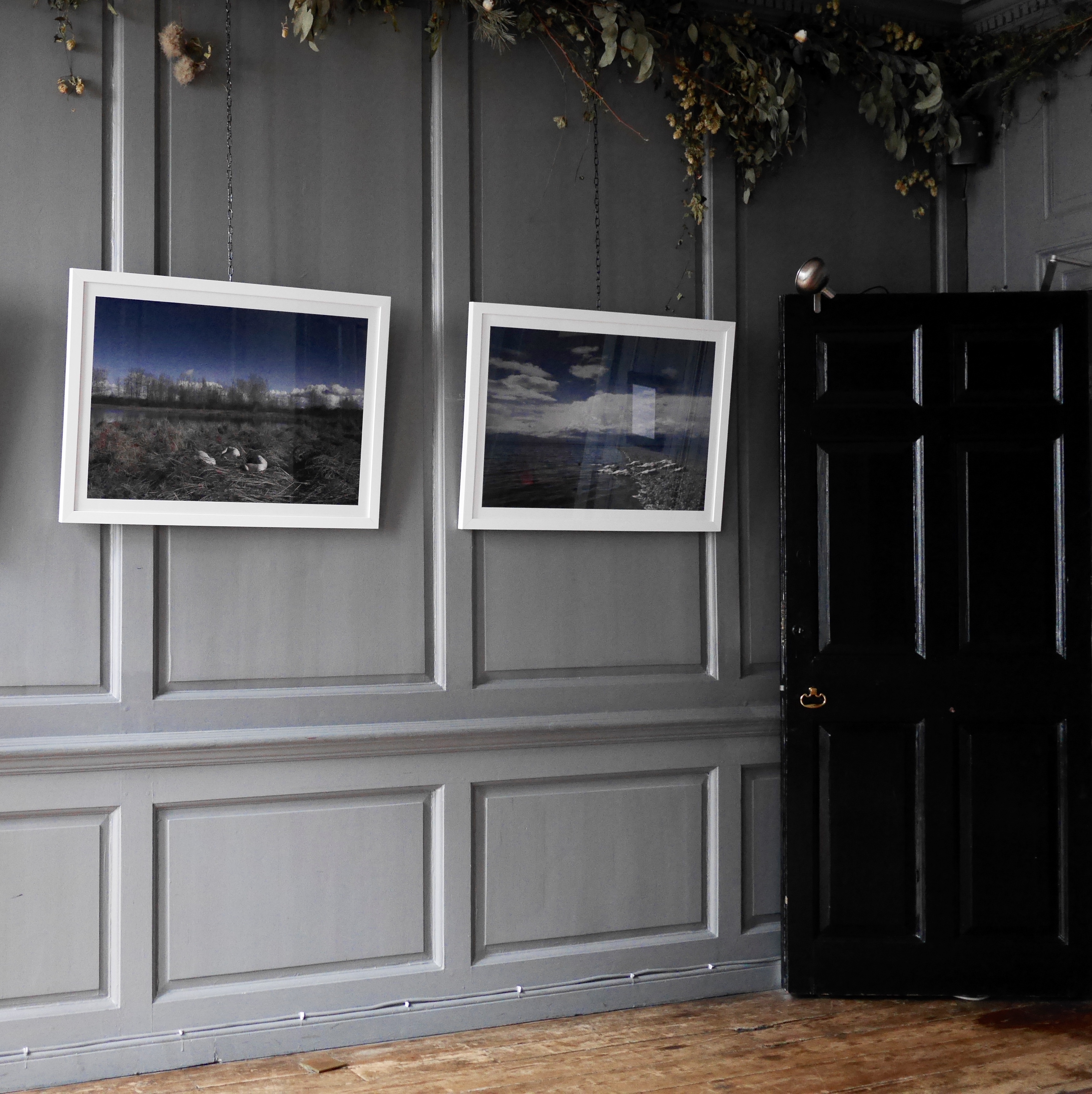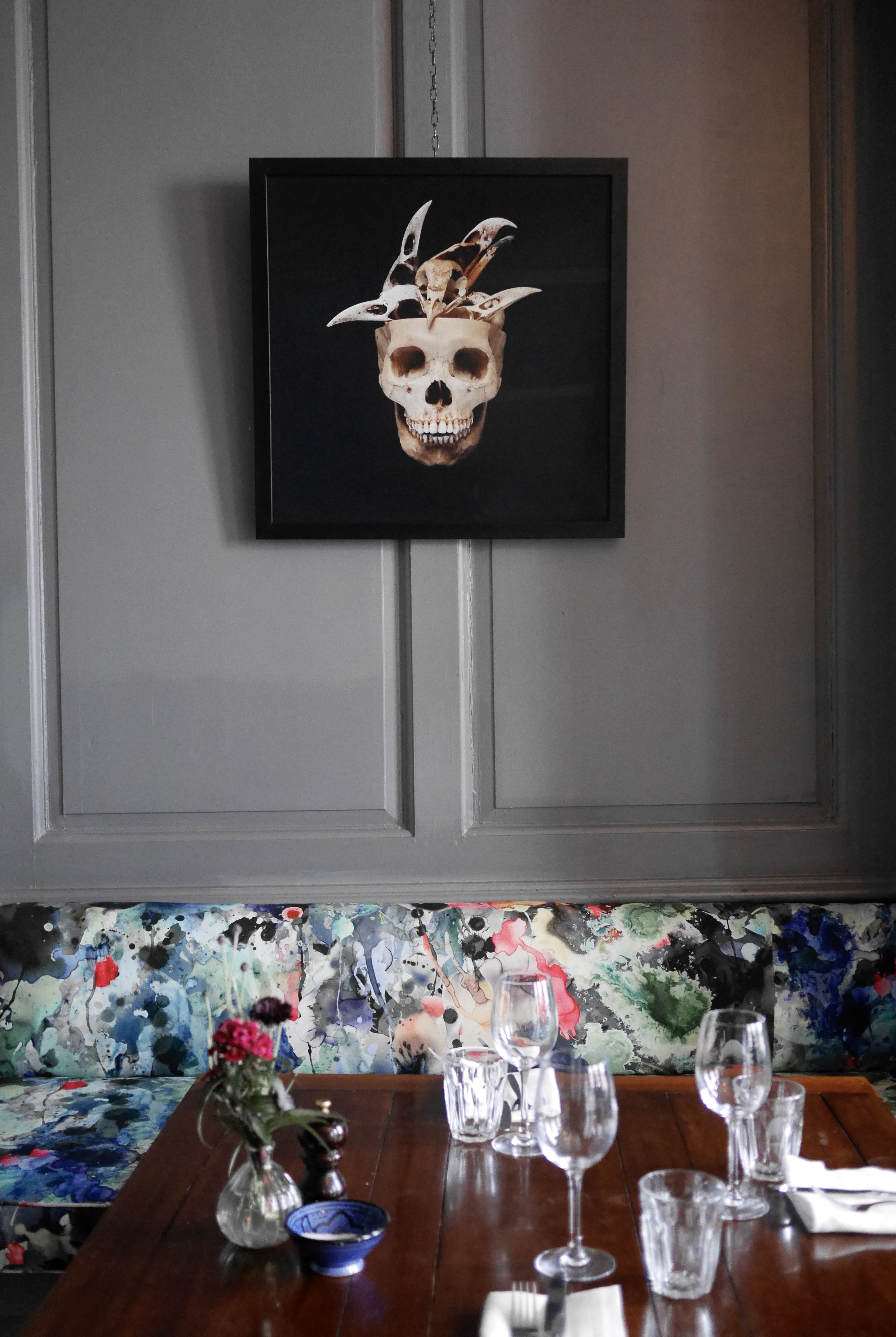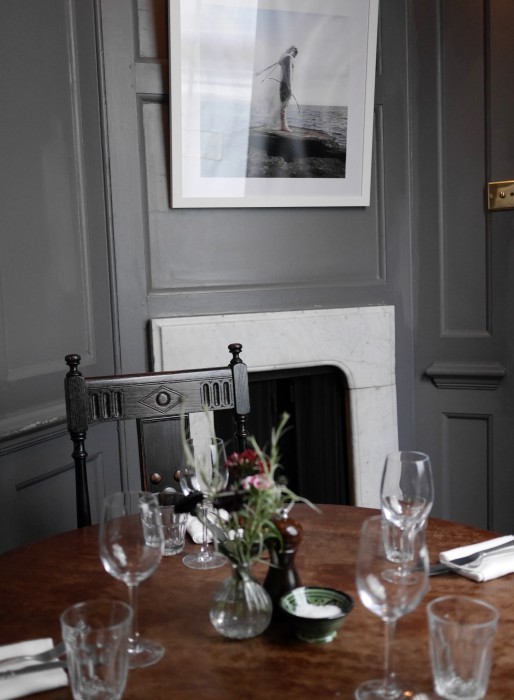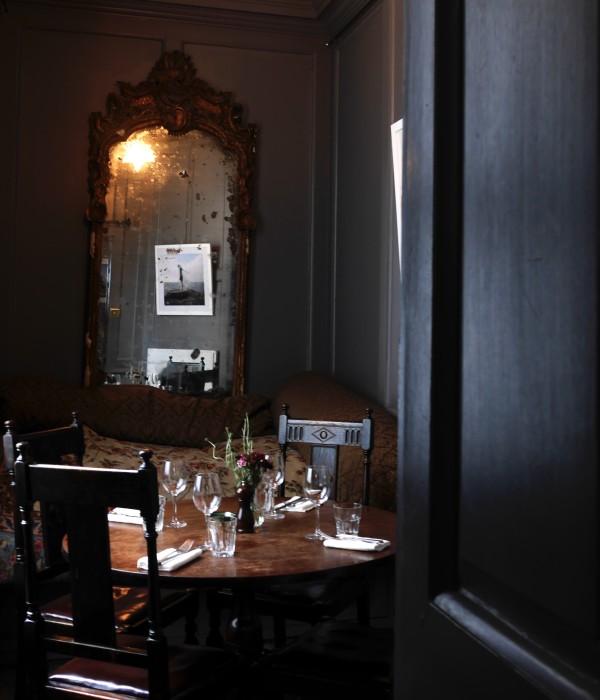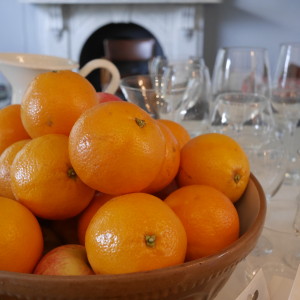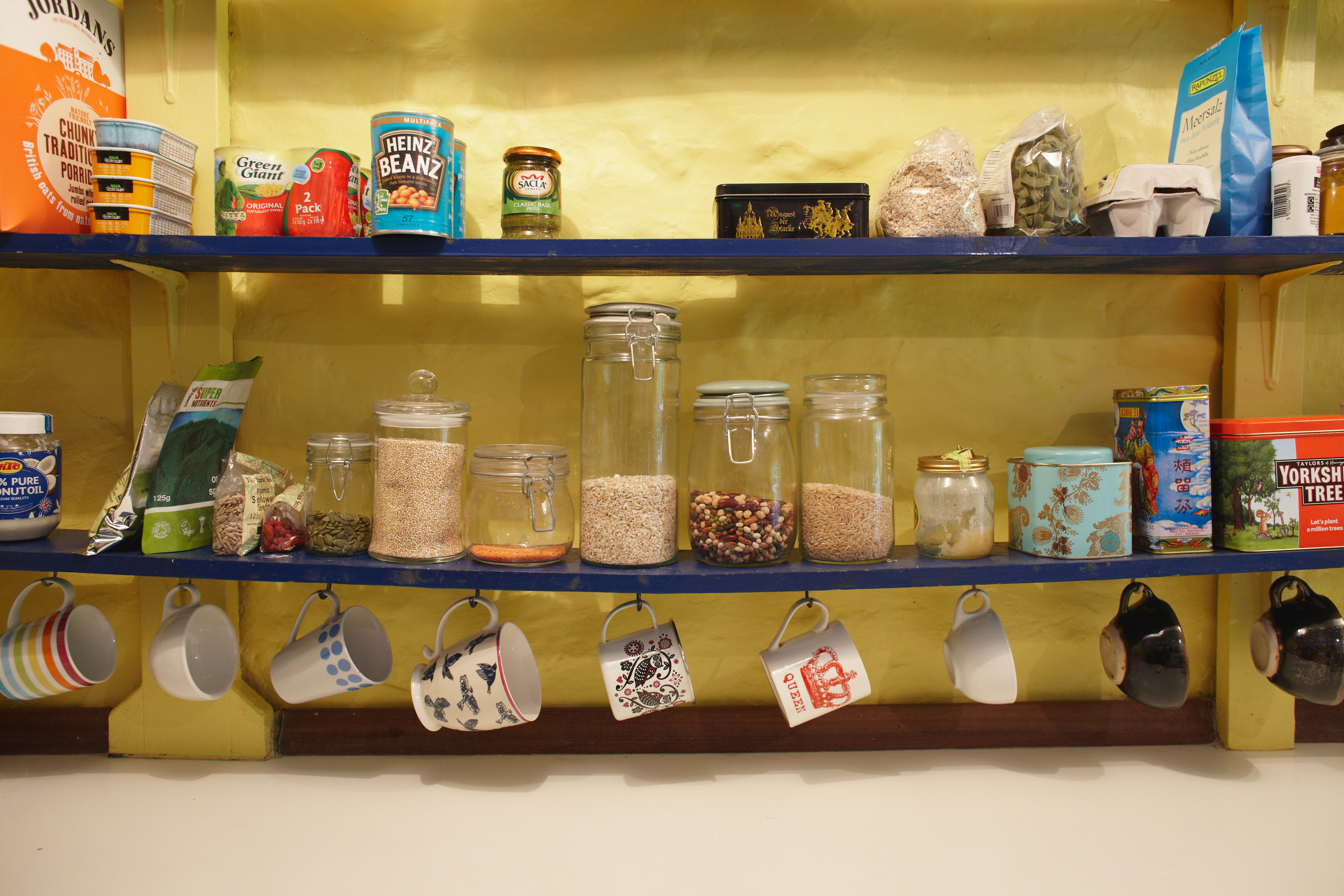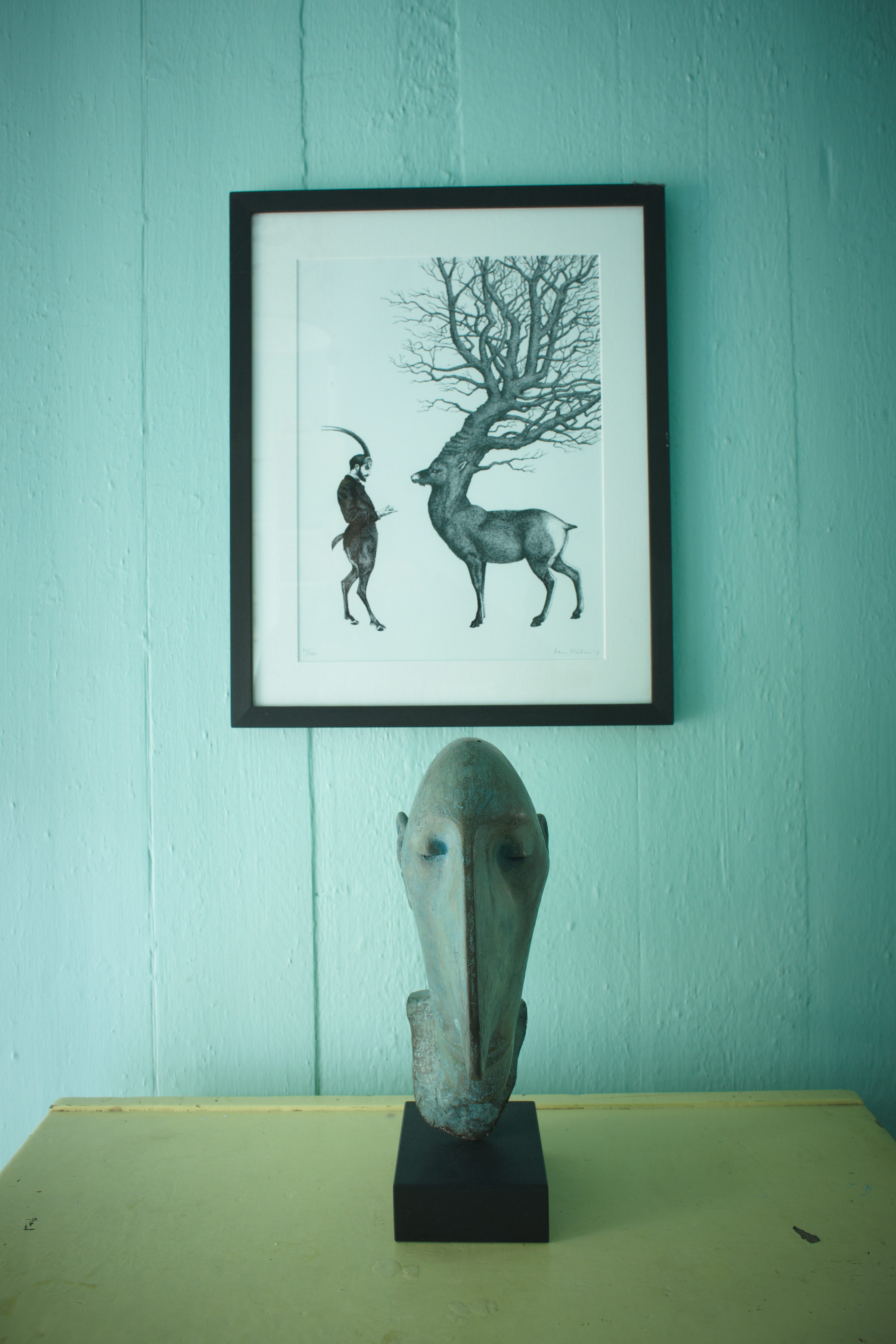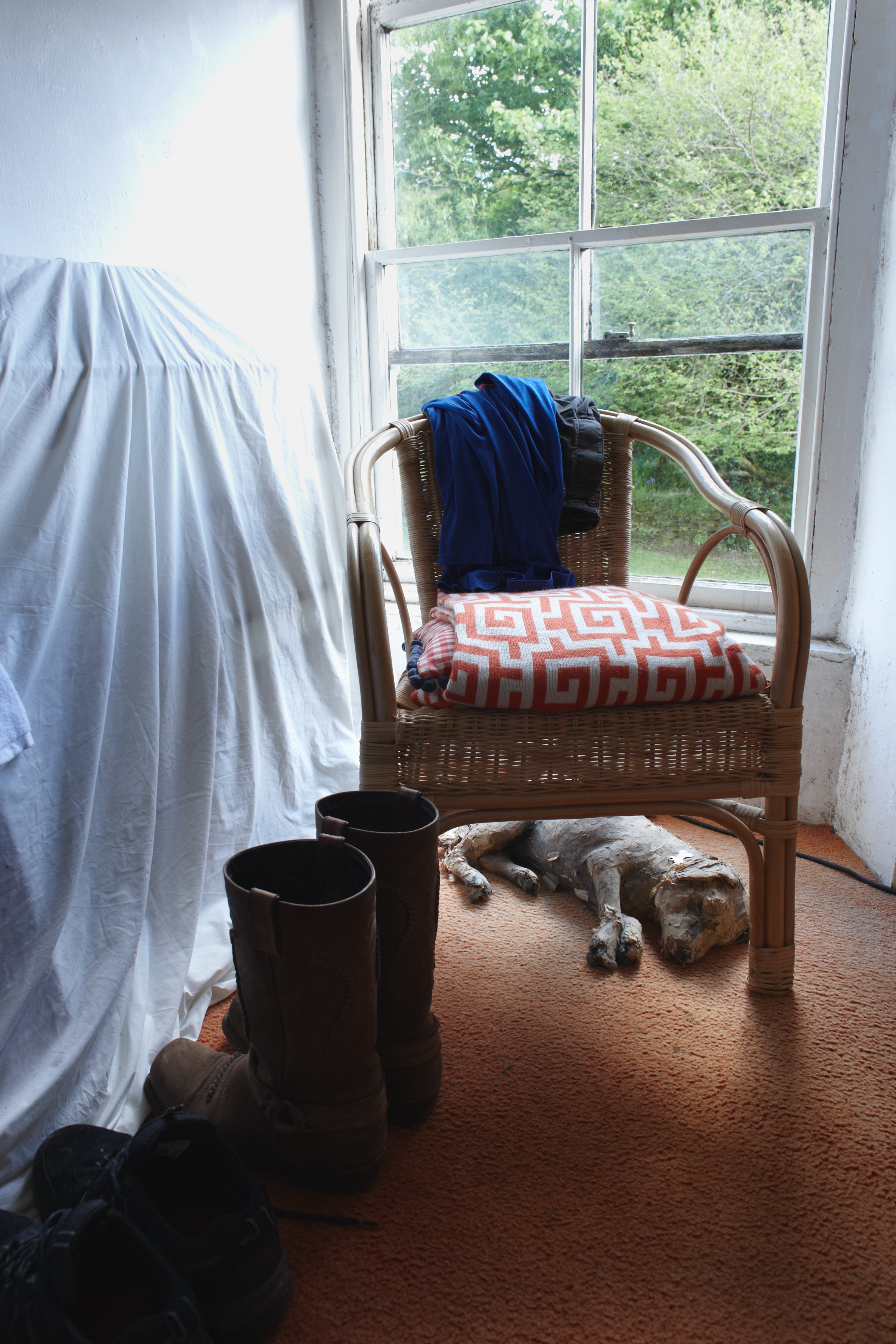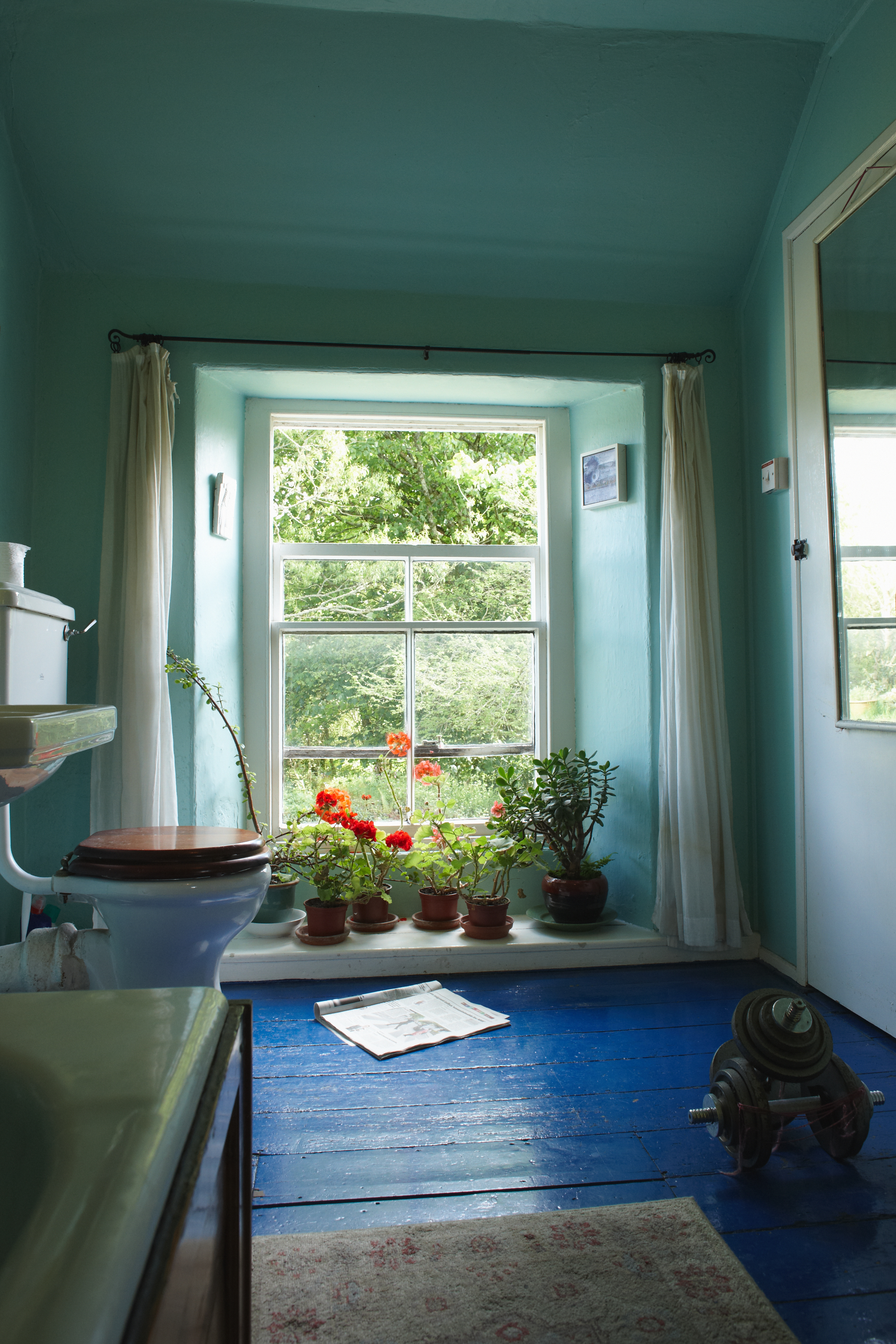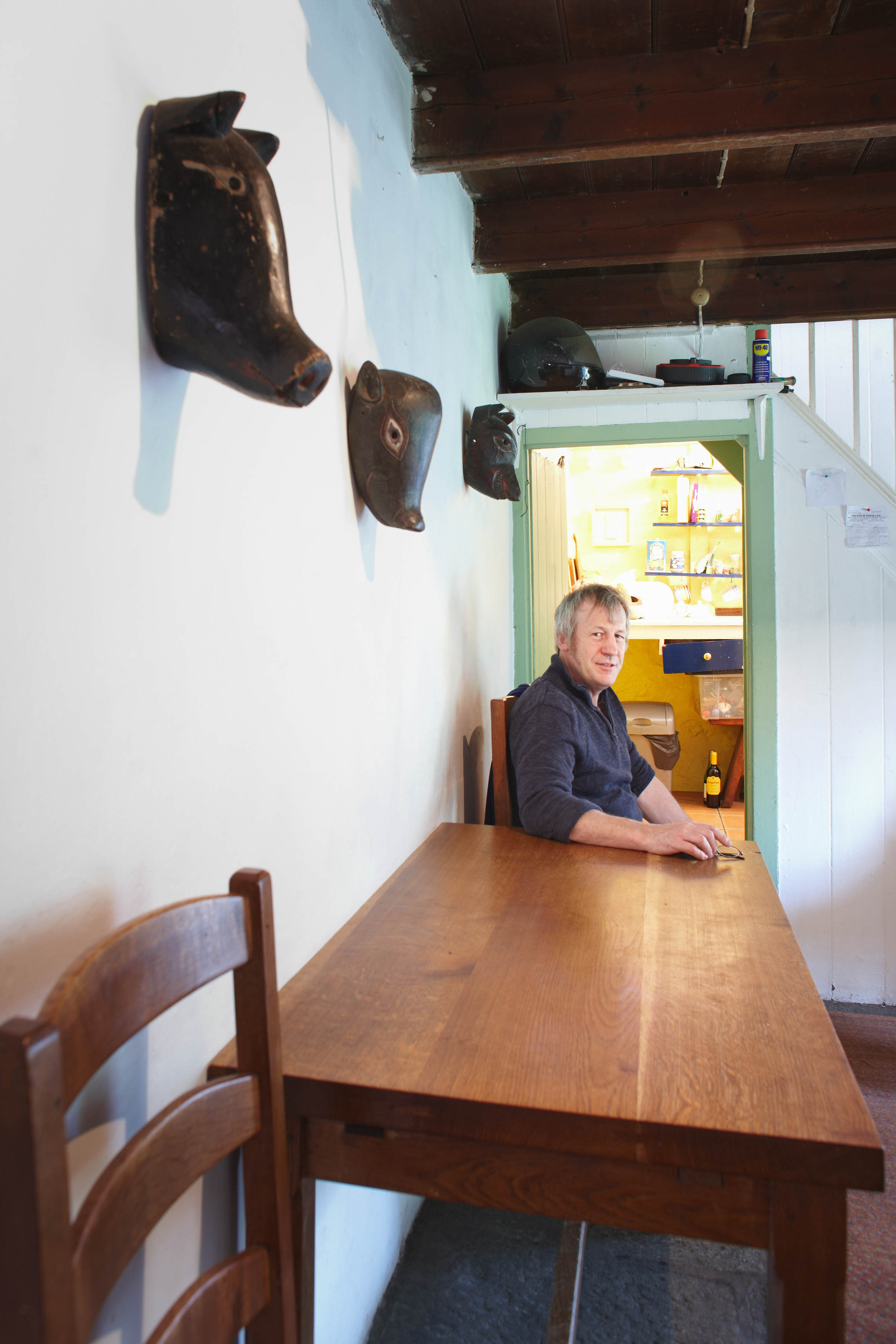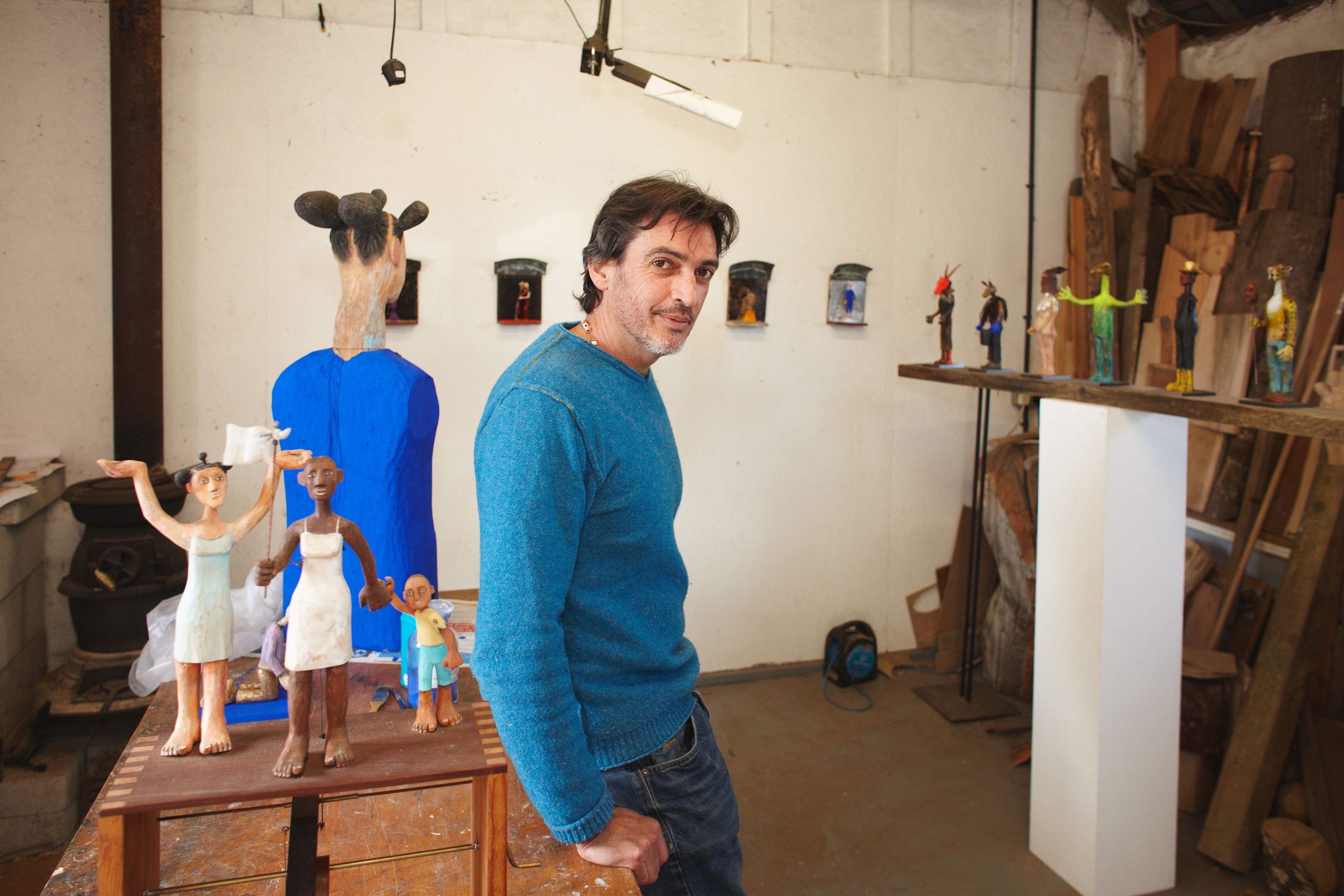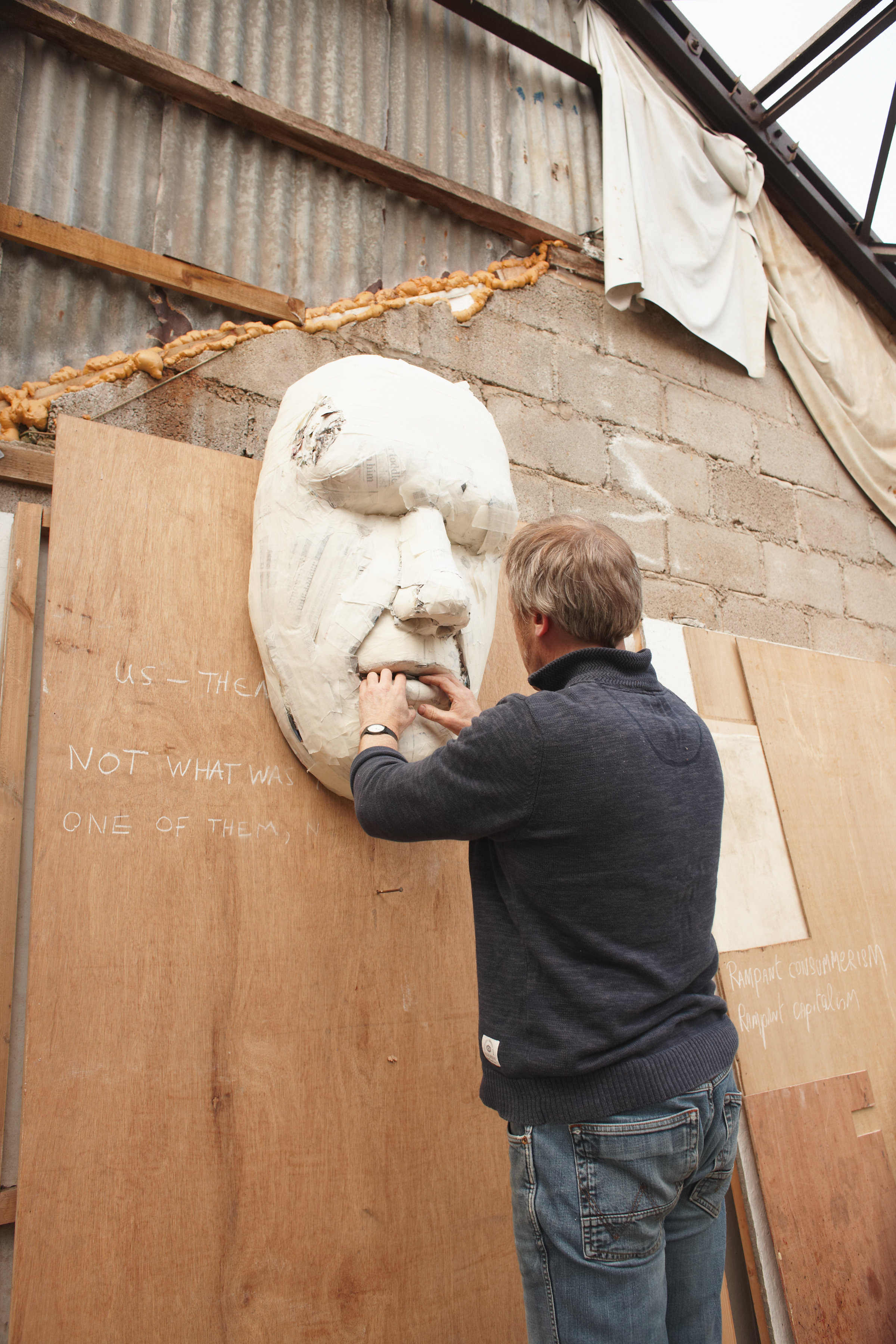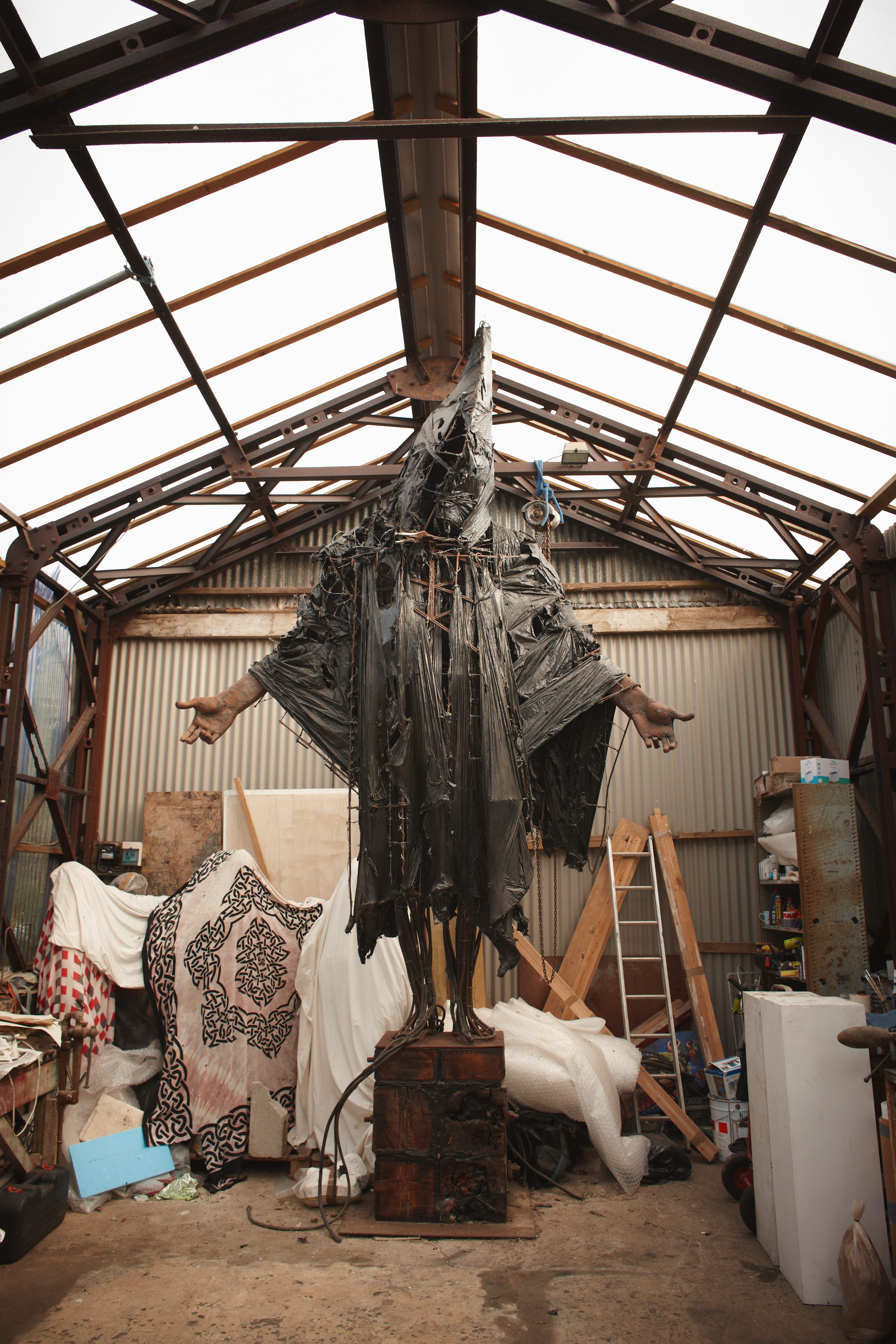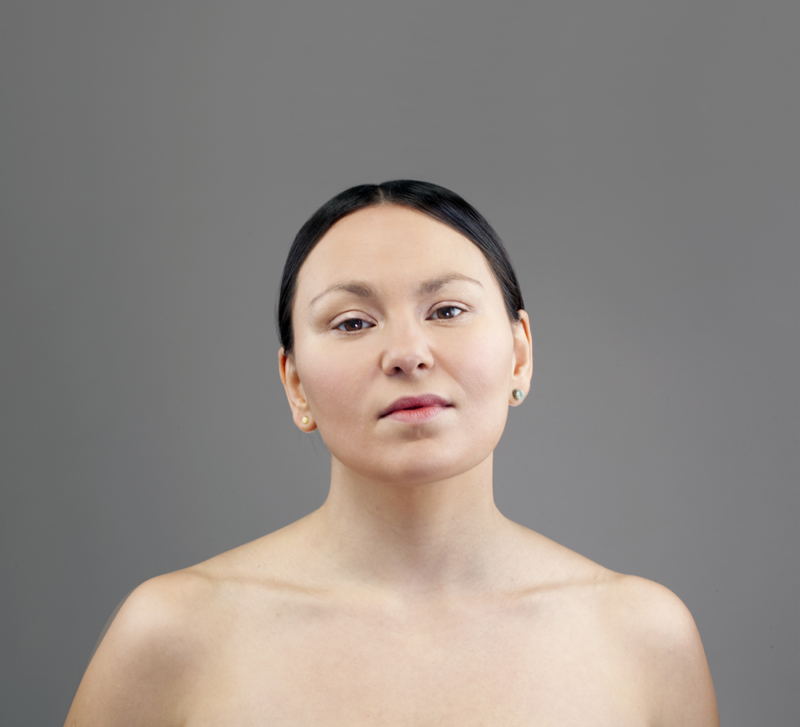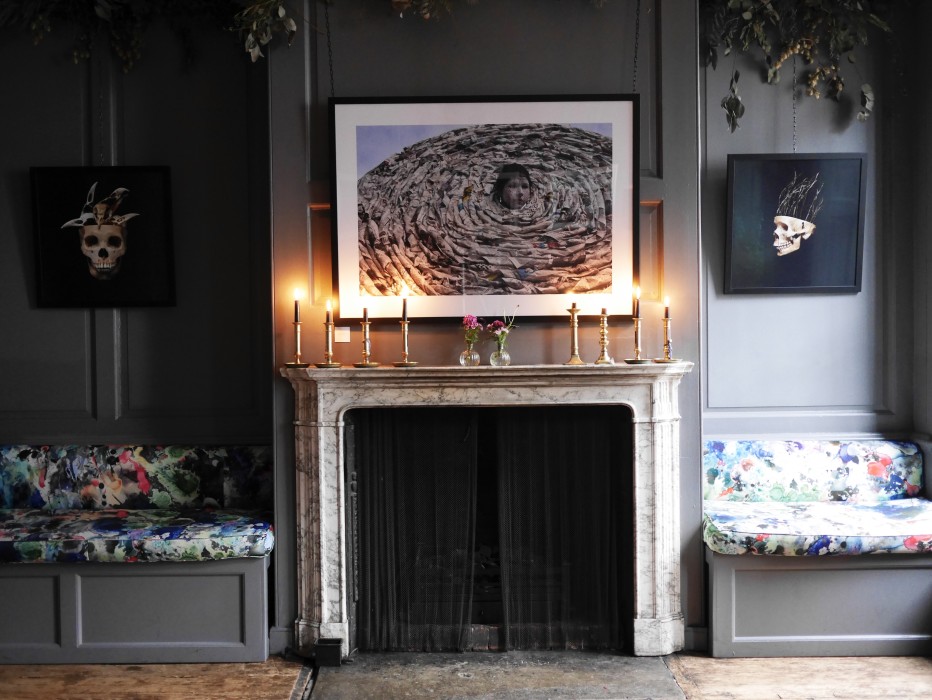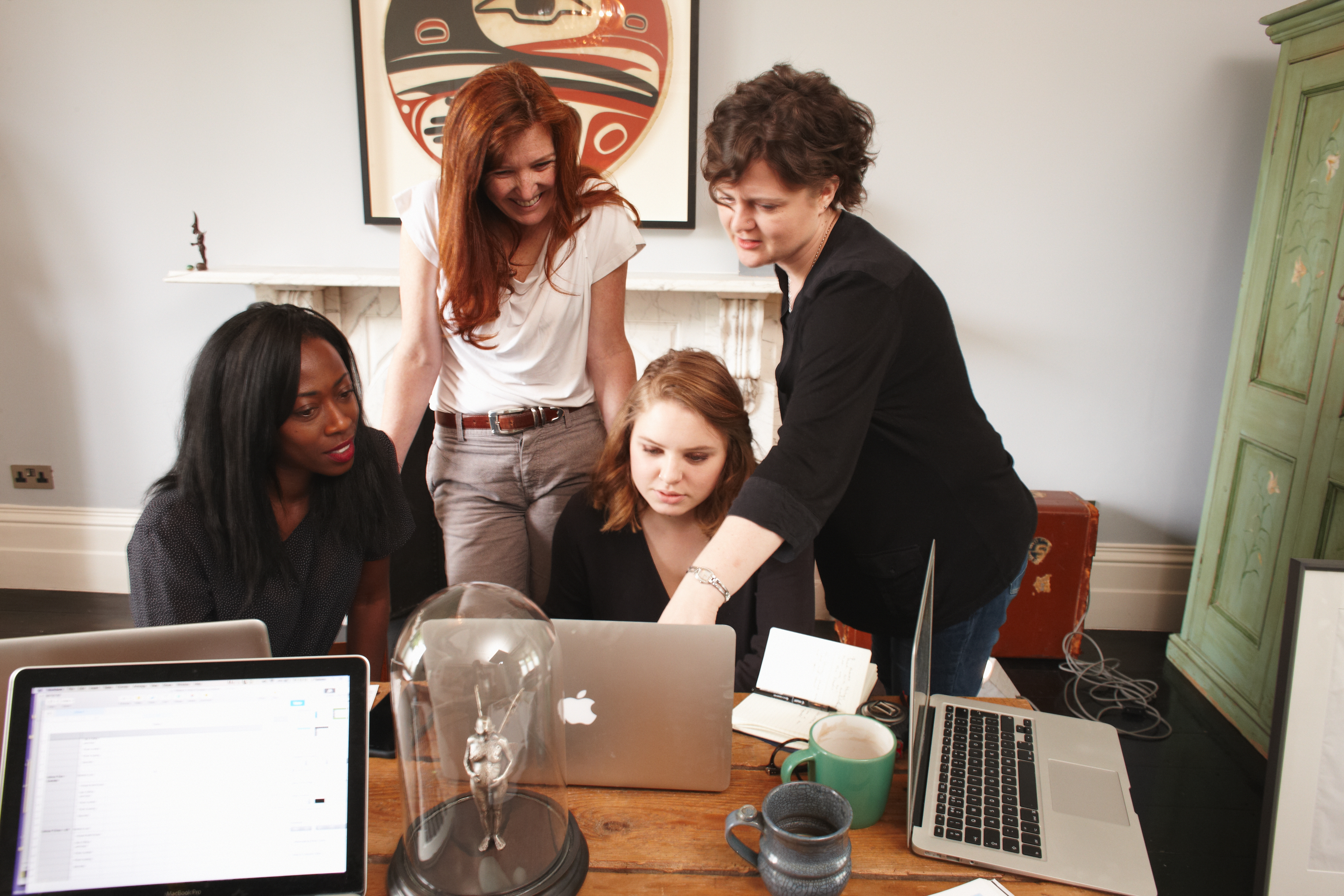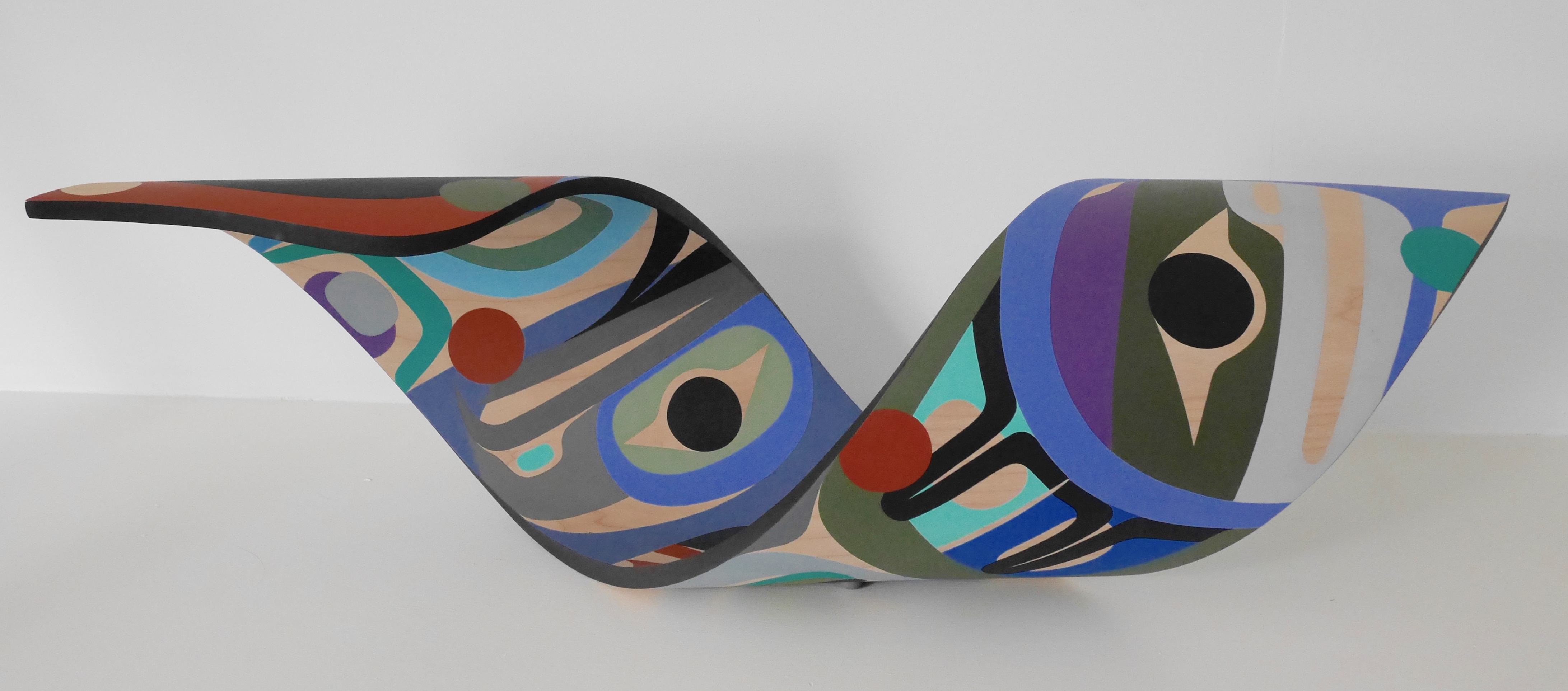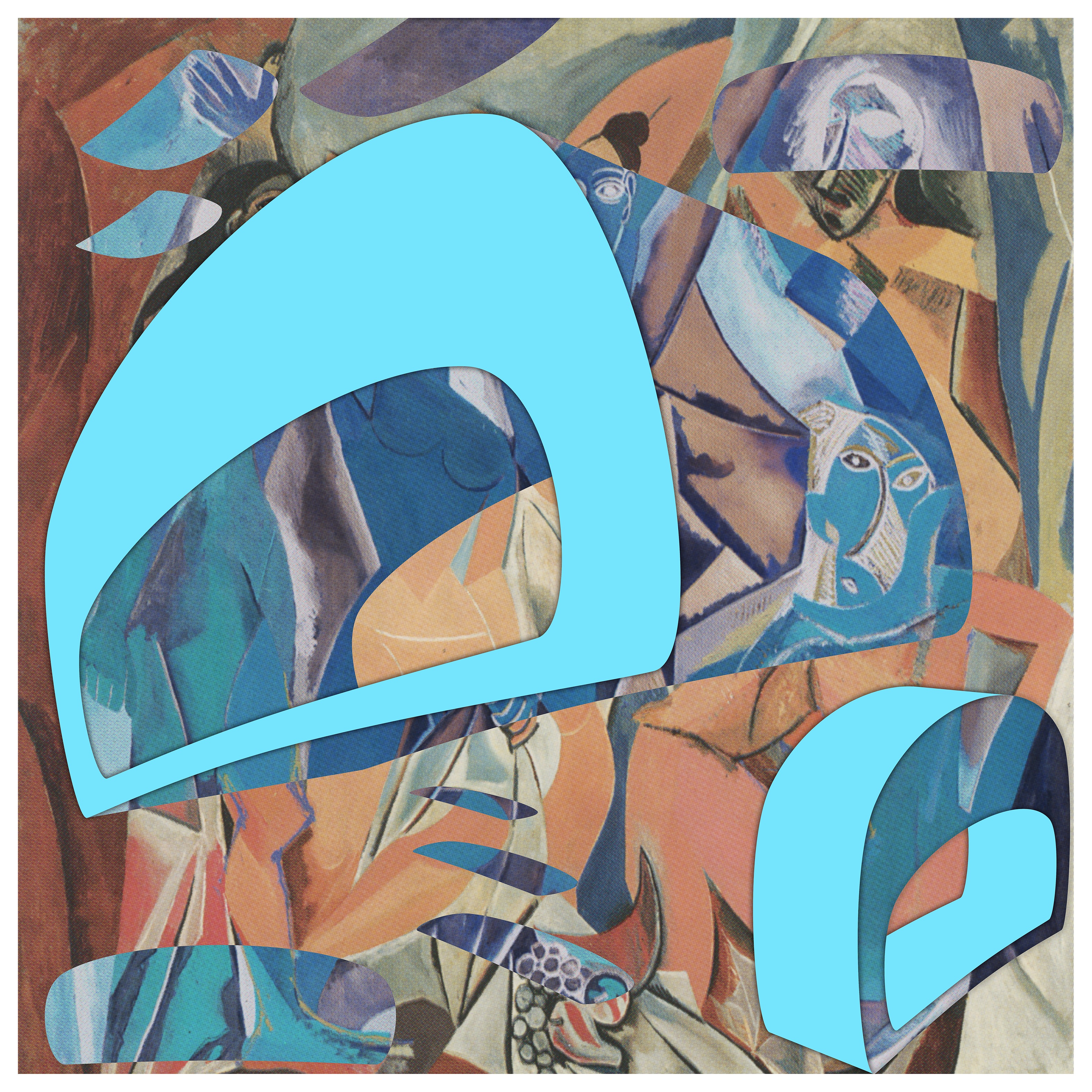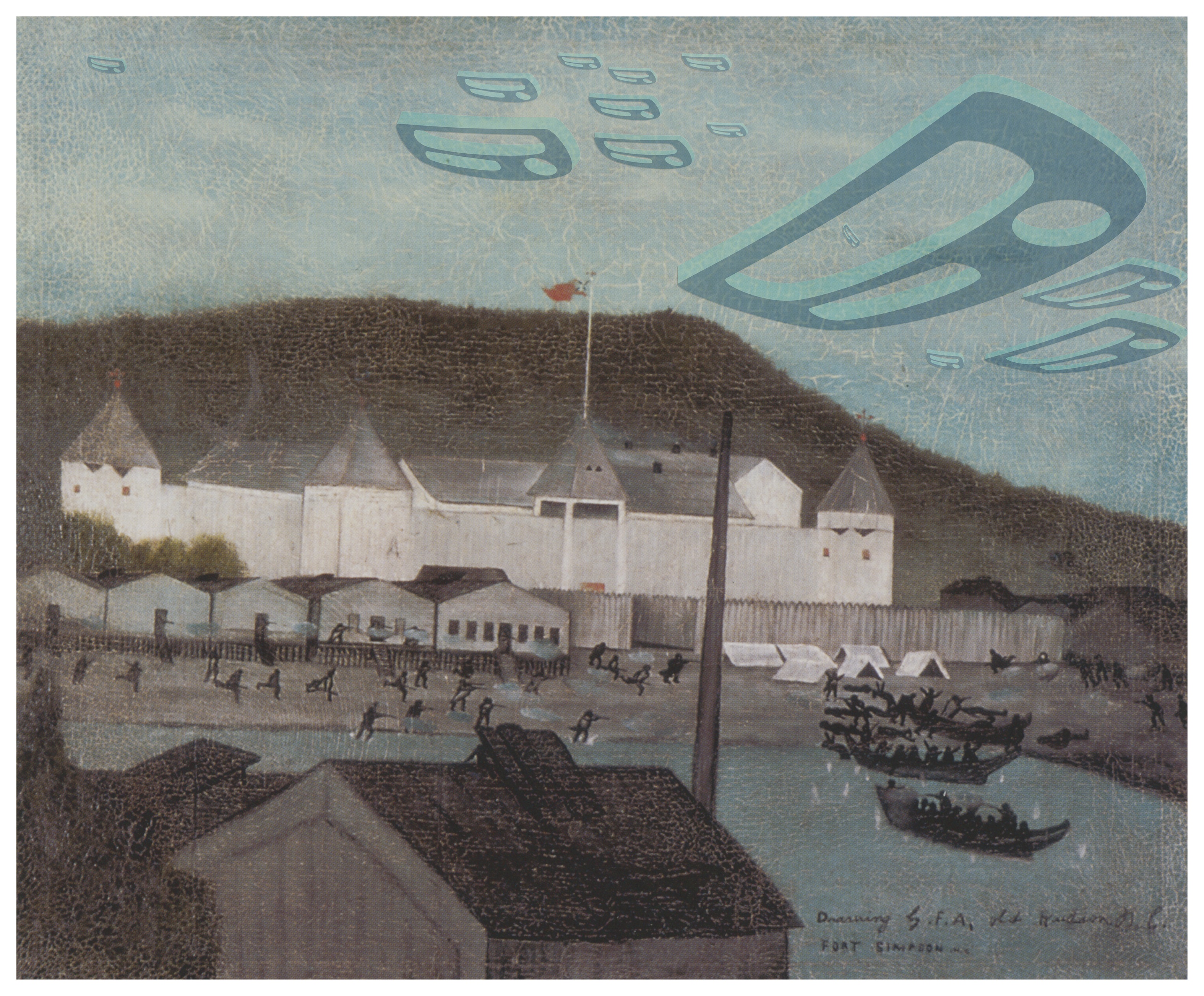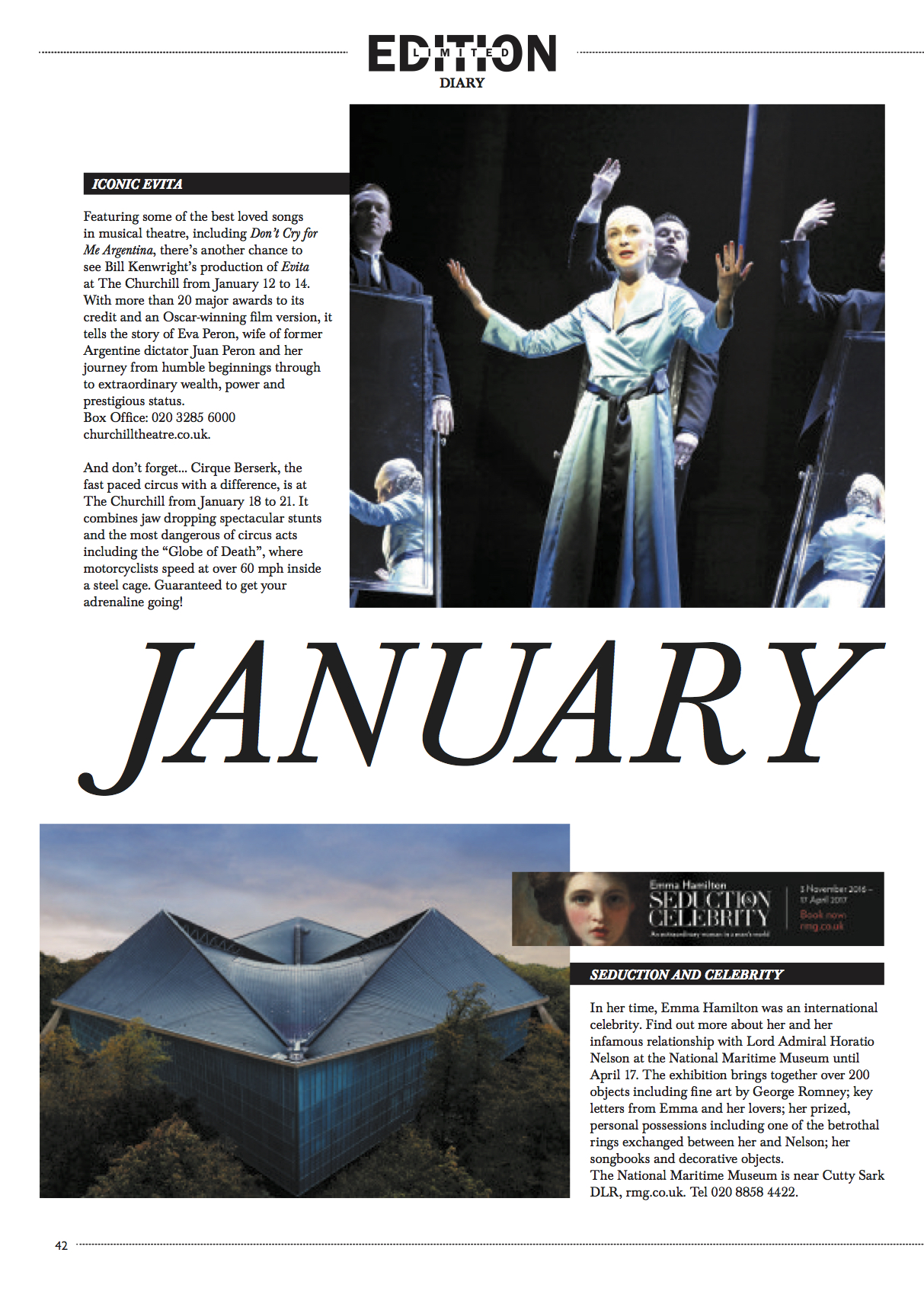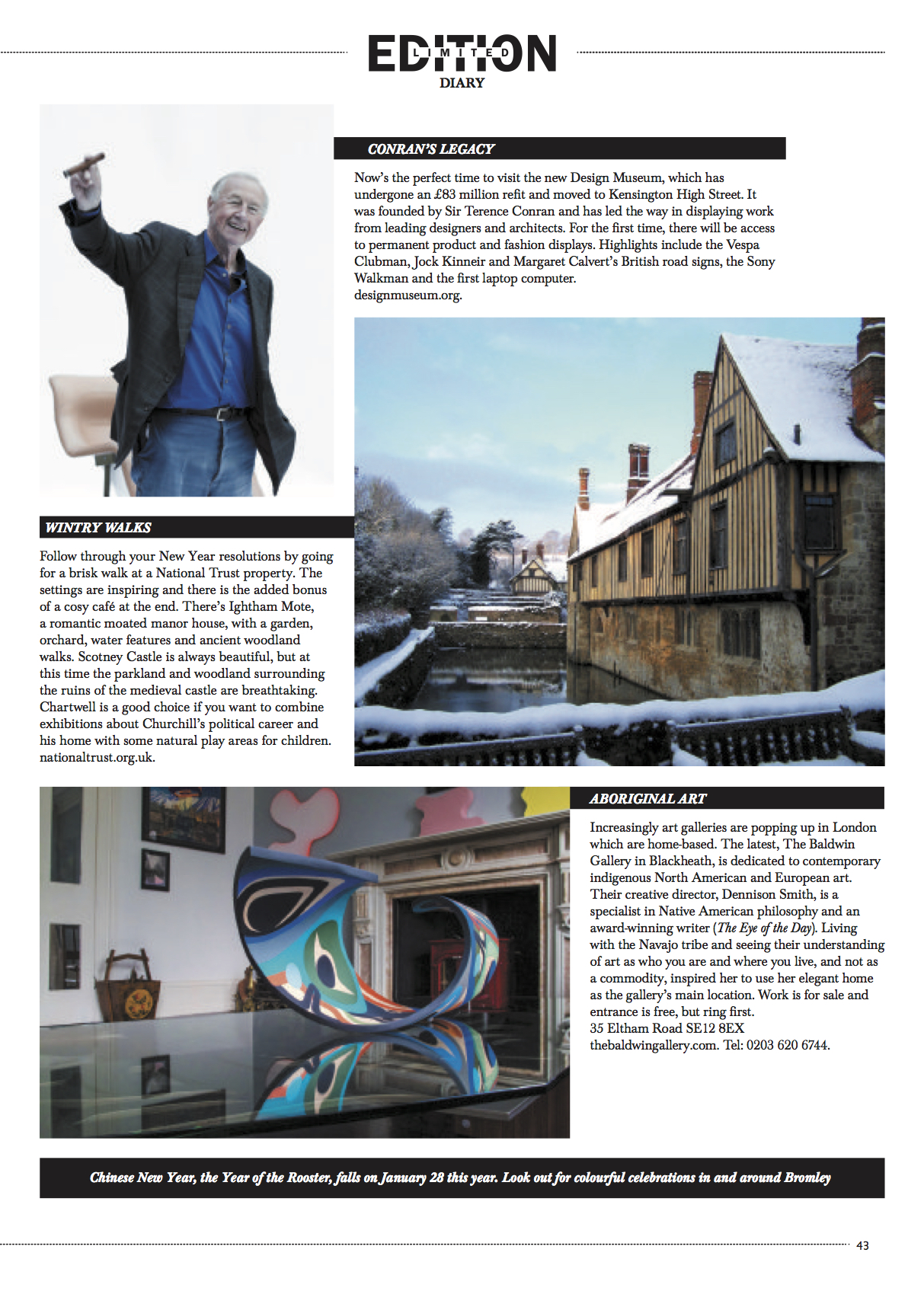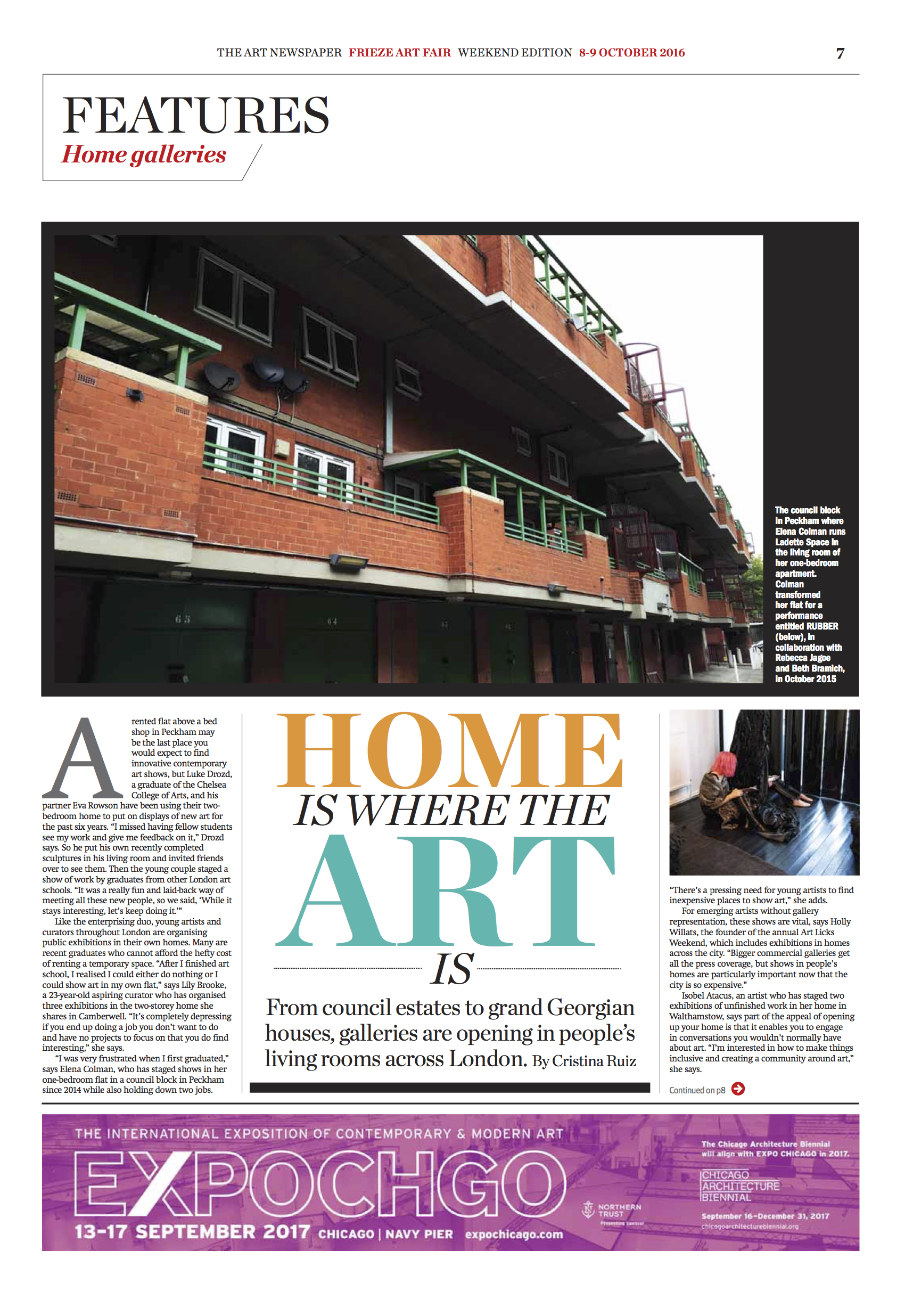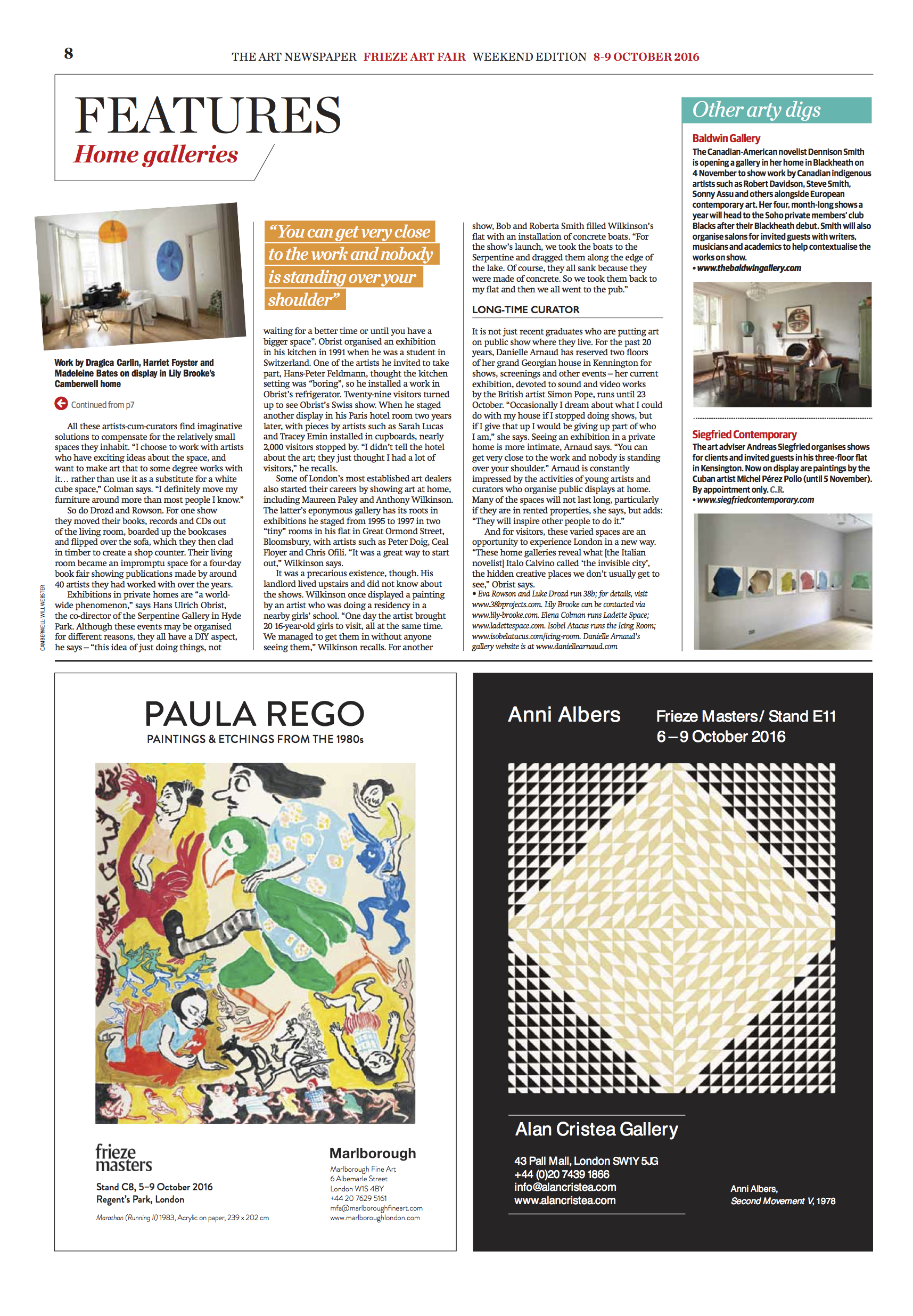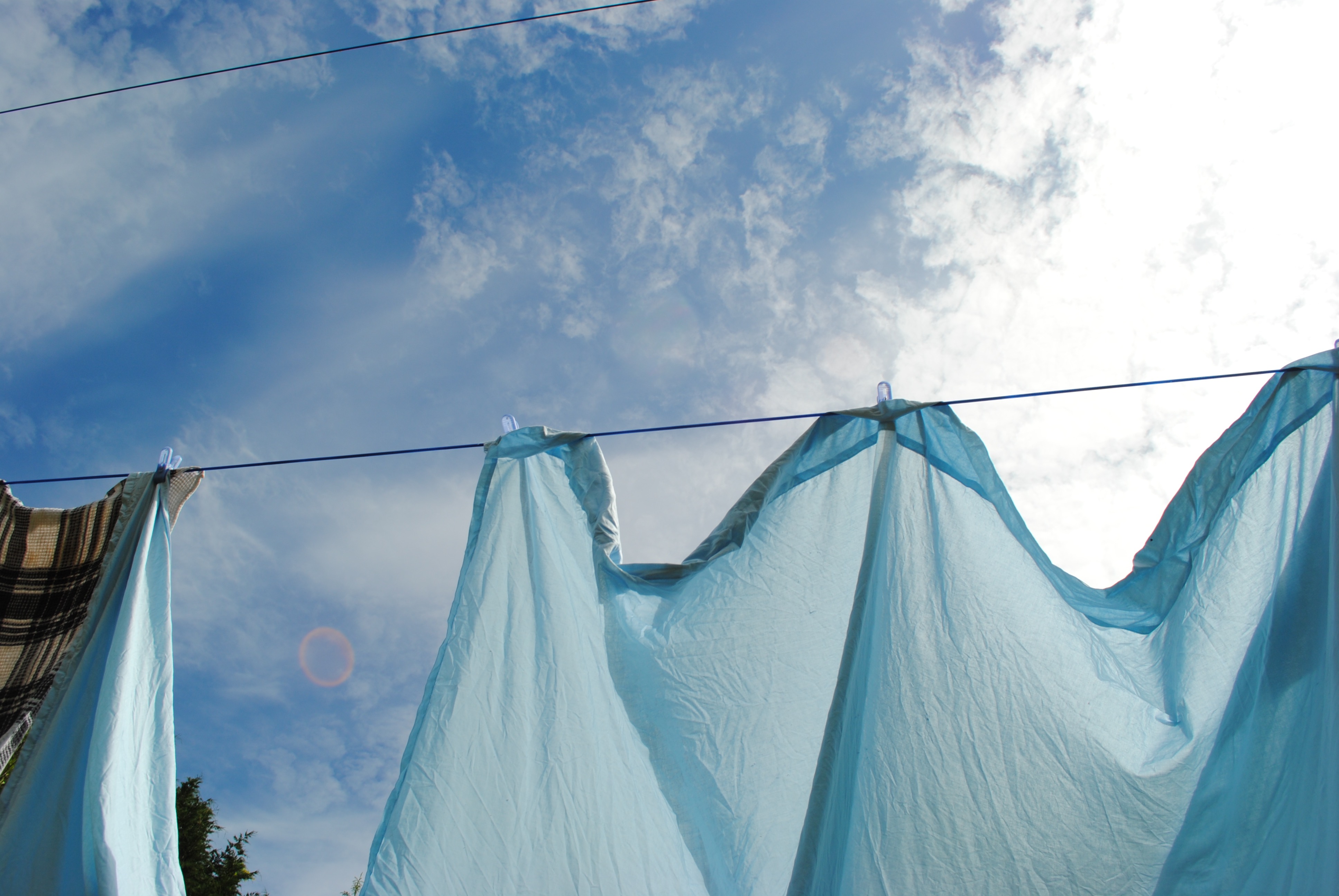The philosopher, Martin Heidegger said it:
Home is dwelling.
Dwelling, from the word to build, bauen, implying to cherish and protect and preserve and even to spare. Dwelling is an act of kindness and necessity.
For Heidegger, home is a place of both being and becoming.
Think of it this way: hair down, but hair growing.
Home is how we inhabit earth, architecture, flesh, thought structures and art. Home is reciprocal. It protects us, and we it. But how does art do that?
Art is a dialogue between the artist who makes and the viewer who cherishes. If protecting us means allowing us to be and provoking us to become, then certainly art is home.
Dwelling, says Heidegger, is what humans do. It’s ‘the essential existential core of human being-in-the-world from which there is no escape.’*
Which sounds a little ominous. And dwelling is not always cosy, because there is an inescapable tension. For Heidegger, this is an imperfection in the making.
Sometimes that imperfection is where the magic happens. The Baldwin Gallery won’t be selling those Tim Shaw sculptures that have emigrated through four countries and eight homes over twenty years with owner Dennison Smith, and which wear the dinks and marks of time and travel. (Dennison would never part with them!) But we will exhibit them, because their imperfections deepen their story, and they are richer for being cherished. (Shaw’s work will be offered in pristine condition, for a new home to add the imperfections.)
Long before the environmental crisis, Heidegger accused us all of failing to dwell deeply. He said we demand too much of the world and – whether in regard to ‘how we build, see, understand, [or] think ‘– we should learn to let the world and ourselves be.*
What is home is a many-storied question, which dovetails with what is indigenous and who are we.
It’s a question we will be exploring in shows, salons and blogs, over evenings of food and wine, through art, literature, music and discussion, as we welcome artists, salonists and guests into Dennison’s Blackheath home. (See events.)
© Dennison Smith


